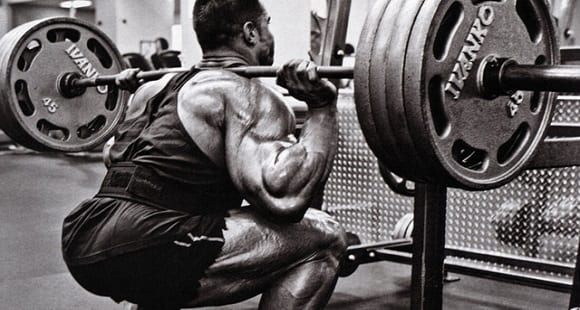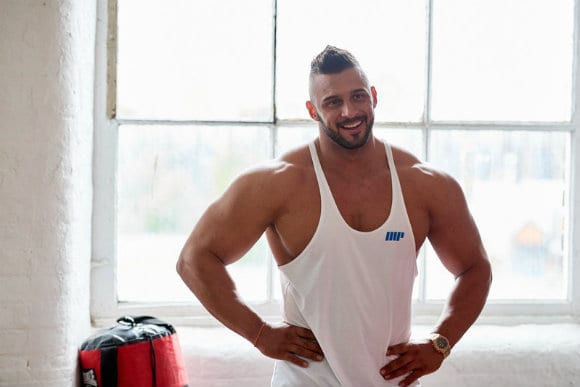By the healthiergang writer , student in Physiotherapy.
Powerlifting exercises
Powerlifting is a weightlifting discipline that, as the name implies, aims at lift the maximum load on 3 movements on which you compete to reach the highest weights. These 3 movements are also the "fundamental" exercises of weight lifting: deadlift, flat bench press and back squat.

Fundamental
As mentioned there are 3 competition exercises and all the rest of a power lifter training schedule should be preparatory to maximizing the load lifted. In this case the maximum contraction in the muscle is not sought rather than the recruitment of one muscle rather than another.
The goal is to lift the maximum load. Consequently, techniques and executions are adopted that allow to reduce work and load the joints in the most optimal way. For example, in the flat bench press the back is arched a lot in order to shorten the distance that the barbell must take before reaching the chest and then returning to the initial position.
Since energy is given by force multiplied by displacement, decreasing the space also decreases the necessary energy and therefore also the work that must be done. At the same time this device allows you to keep the position of the shoulders firmer and therefore subject the entire joint to much less stress.
In the squat there is a tendency to position the bar at a height that is close to the anterior deltoid.

This forces a greater flexion of the pelvis in order to keep the barbell on its center of gravity.
By flexing the pelvis more, it is also possible to involve in very significant ways the muscles of the posterior kinetic chain, such as lumbar, buttocks and hamstring. The more muscles involved, the more weight you can lift. In the deadlift, people often opt for the sumo-style deadlift ("sumo deadlift").
What this variant concretely allows to do is to reduce the distance that the barbell has to travel and also put the lumbar area in a more advantageous position. There is greater involvement of the knee extensors and the lower back does not have to work as much as in a classic deadlift.
Auxiliary Exercises
As mentioned, the competition exercises are 3. However, this does not mean that these are the only three movements that are done. There are many other different exercises that allow you to better train weak points that limit the amount of weight you can lift. In fact, a rule applies:
"You are as strong as your weaknesses are"
This means that one's body is like a chain. Only one weak link is enough to make the whole chain weak.
Specifically, I know if it has a monstrous force in the quadriceps, in the lumbar, hamstrings and dorsals, however, there is a strength in the grip that leaves something to be desired, this weak point will be what limits the amount of weight that can be lifted.

It is in this context that auxiliary exercises become important. Generally these are multi-joint exercises that allow you to emphasize a muscle or group of muscles that are most involved in a part of the main movement.
For example, to reinforce the lock out ("Final part") of the bench can be practiced partial exercises that allow you to significantly overload the triceps.
For example, a bench press exercise where the barbell is positioned on stops a few centimeters from the chest. With this exercise you can work more specifically on the final portion of the pushing movement. Another example would be weighted dips.
This exercise also allows you to work more on the triceps and recruit the pectoral muscles from a different angle.
Isometric Exercises
Analyzing the 3 fundamental movements there are weak points, called "sticking points", or points where you are mechanically at a greater disadvantage. These are respectively:
? flat bench: a few inches to the chest
? deadlift: in the classic deadlift after a few centimeters from the ground, before the knees, while in the sumo deadlift after the knees, in the final portion of the movement
? squat: just crossed the parallel.
Once these points have been identified, it is necessary to perform the repetitions that they foresee an isometric break at that point in order to reinforce that portion of movement and make you feel familiar with it.
Here is a great card to follow for powerlifting training!


























